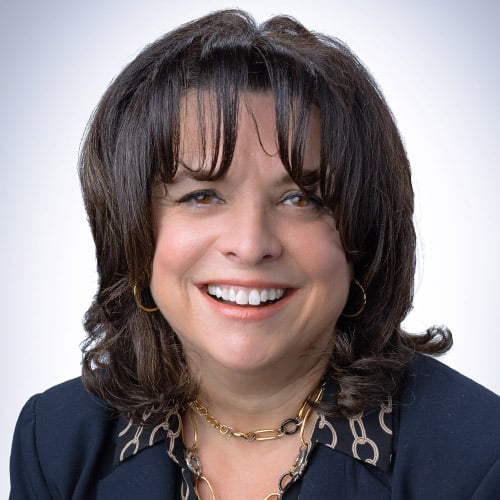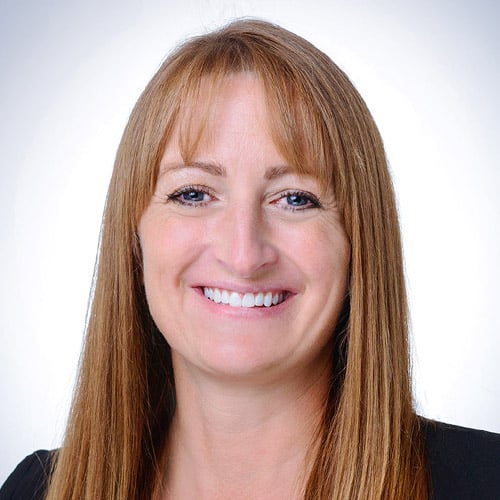Taking ownership of your retirement plan
A conversation with two Johnson Financial Group advisors
This article continues a four-part conversation with Johnson Financial Group advisors Kelly Mould and Melissa Olson. The first part focused on planning’s potential to lessen anxiety; the second part addressed some broad retirement themes.
Here, Kelly and Melissa give examples of what it means to really take ownership of your financial plan.
Kelly: To get the most from financial planning, you have to actively participate in it. Here’s a startling pair of statistics from research in 2020 by Boston Consulting Group: “66% of married millennial women remain involved in financial decisions; the corresponding figure for female baby boomers is 29%.”
Millennials are up-and-coming from a financial perspective, and it’s so encouraging to see millennial women actively engaging to shape their financial futures. For women from prior generations, though, there’s often a need to really step up awareness of family finances.
Melissa: It’s very common for us to hear from women that they haven’t been very involved and wish they had been. In many cases, women direct a large portion of household purchases, yet they aren’t very involved with savings and investments. These women tend to have made sacrifices for their families. They’ve been nurturers of others but not necessarily themselves.
That’s actually something many women find helpful about the planning process—realizing that to care for their families they need to plan for their own well-being. There will always be forces that gravitate attention away from that.
Kelly: Often couples will divide and conquer when it comes to household responsibilities, and there’s nothing wrong with that, even in the financial area. But each person needs to maintain awareness of critical factors to financial health, even if you aren’t the one handling the day-to-day or month-to-month financial processing. Far too often, we find the spouse who wasn’t managing the money is ill-equipped to take effective action when needed due to the death of a spouse who managed the money or other trauma.
Melissa: There are five main categories you have to stay aware of: budgeting, saving, planning, investing and insuring. And when you’re aware and active in those areas, you find you’re far more confident about not outliving your money—which is the number one thing most people (and certainly most women) are afraid of.
Kelly: You’ll gain that greater confidence in decision-making. And here’s something else that’s important but underappreciated: you’ll also be better able to enjoy what you have. I’ve worked with women who are very comfortable financially whose fear of destitution hinders their ability to do so. Other times, people have a hard time shifting gears from one phase of life to another (or one income level to another). For example, sometimes it’s very hard for people to make the mental switch from the accumulation phase to decumulation phase. It can be unnerving, in retirement, to see asset levels gradually fall, even though that was the plan all along.
Melissa: There’s all kinds of mental challenges that come up. Retirement planning benefits from having someone with you—not to be in charge of you, but to be with you.
Kelly: Right. Because what we’re really saying about taking ownership of your plan is making sure the plan connects with your actual life.
That’s true during the accumulation phase and during retirement as well. For retirement, I like to talk with clients about “purpose planning.” Speaking for myself, I want to make sure I have a clear purpose through each phase of life. As life gets hectic and we go through big changes in our lives, it is so easy to let nourishing activities fall away. I want to make sure I don’t ever have a series of doctor’s appointments and Wednesday discount-shopping at Kohl’s be what drives my schedule.
For me, “purpose planning” also means being clear about how I want my assets to be used and enjoyed. If I were to die early, I’d like my assets to benefit my grandkids. But if I’m here as long as I hope to be—and enjoying my grandkids along the way—I want to write my last check with my last nickel.
Melissa: No matter where people are in the process, and whatever their purpose may be, we want them to know we can help them get clearer about what’s important to them, what stands in the way, and what stands at their back.
Ultimately “taking ownership” is about getting your planning aligned with your purpose. Don’t wait till catastrophe strikes. Challenges will inevitably come, and that’s what we’ll talk about next.
ABOUT THE AUTHORS

SVP Wealth Fiduciary Advisor | Johnson Financial Group
As Senior Vice President, Wealth Fiduciary Advisor, Kelly develops long-term relationships and provides comprehensive wealth solutions to her clients. She oversees and manages a knowledgeable team of wealth professionals in the Racine and Kenosha area.

Officer Wealth RPS Participant Education Specialist | Johnson Financial Group
As a Wealth RPS Education Specialist, Melissa serves as the education coordinator for Johnson Financial Group’s Retirement Planning Services (RPS) team.





